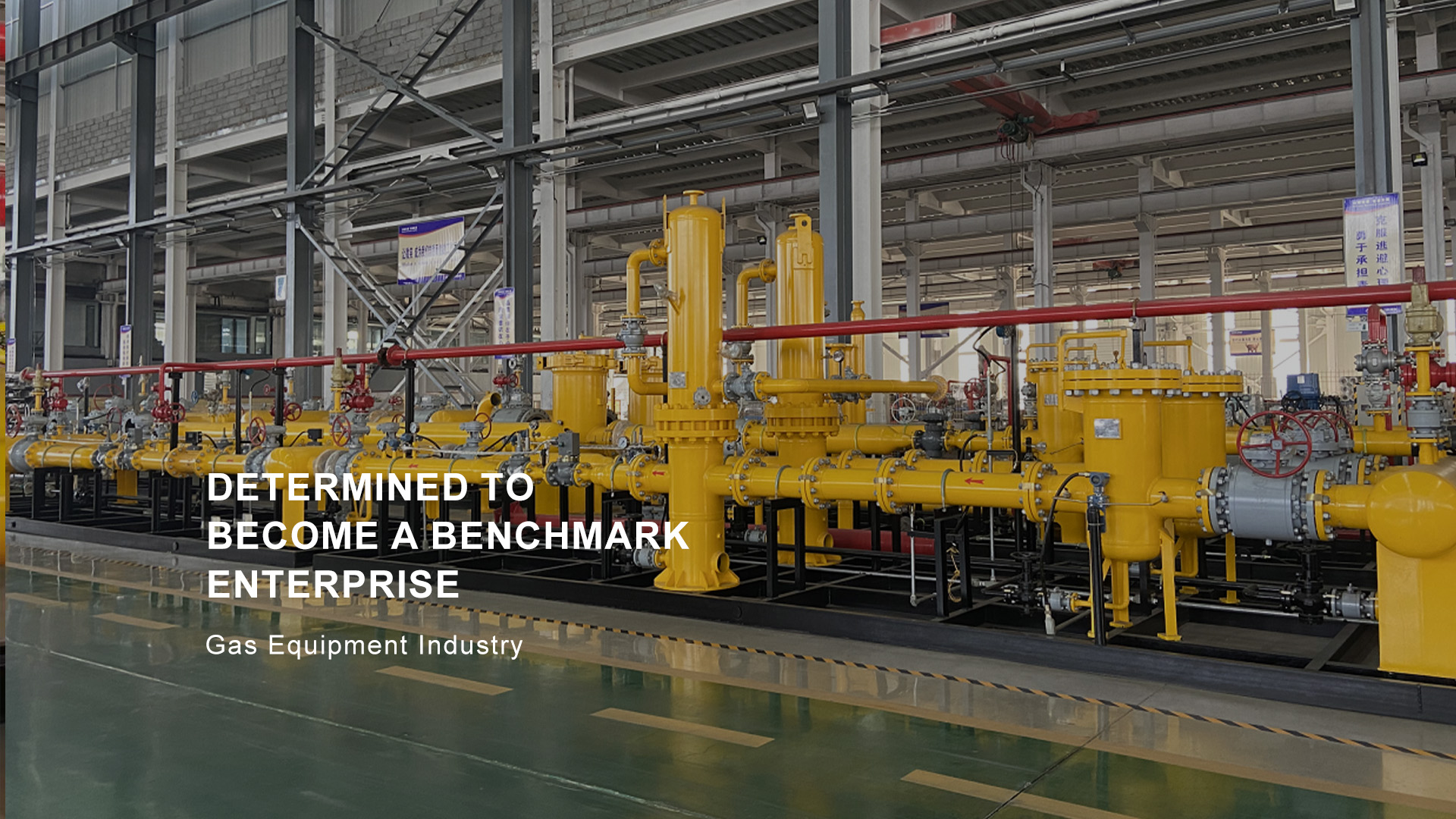
Sep . 16, 2024 08:40
Back to list
Pressure Reduction Valve - Efficient Pressure Control Solutions
Understanding Pressure Relief Valves and Their Importance
Pressure relief valves (PRVs) are critical components in various industrial systems, functioning as safety devices designed to prevent unwanted pressure build-up. In many pressurized systems, excess pressure can lead to catastrophic failures, including explosions or leaks, making the role of PRVs indispensable.
.
The design of a pressure relief valve allows it to maintain the system pressure within safe limits. When pressure builds up beyond the set point, the valve opens to allow a controlled release of contents, quickly mitigating the risk of overpressure. Once the pressure subsides to a safe level, the valve closes, re-establishing the system's integrity.
مزلقة تخفيض الضغط

Different types of PRVs are available, including spring-loaded, pilot-operated, and rupture disk valves. Each design serves specific applications, governed by factors such as the types of fluids handled, temperature, and pressure requirements. For instance, spring-loaded valves are commonly used for their simplicity and reliability, while pilot-operated valves are preferred in high-pressure systems due to their superior performance in maintaining stable pressure levels.
Regular maintenance and testing of pressure relief valves are crucial for ensuring their functionality. Over time, PRVs can become clogged with debris, corroded, or otherwise compromised, leading to potential failures. Industry standards often dictate routine inspections and testing to confirm that these valves will operate correctly when called upon.
The importance of pressure relief valves extends beyond just safety. They also play a role in optimizing efficiency within a system. By preventing overpressure conditions, PRVs help maintain optimal operating conditions, reducing the likelihood of system downtime or costly repairs resulting from failure.
In conclusion, pressure relief valves are essential safety devices in various industries that handle pressurized systems. Their ability to prevent dangerous overpressure conditions, coupled with the necessity for regular maintenance, underscores the significant role they play in protecting both equipment and personnel. By understanding and implementing the proper use of PRVs, industries can ensure safer and more efficient operations, ultimately safeguarding their assets and workforce.
Latest news
-
Safety Valve Spring-Loaded Design Overpressure ProtectionNewsJul.25,2025
-
Precision Voltage Regulator AC5 Accuracy Grade PerformanceNewsJul.25,2025
-
Natural Gas Pressure Regulating Skid Industrial Pipeline ApplicationsNewsJul.25,2025
-
Natural Gas Filter Stainless Steel Mesh Element DesignNewsJul.25,2025
-
Gas Pressure Regulator Valve Direct-Acting Spring-Loaded DesignNewsJul.25,2025
-
Decompression Equipment Multi-Stage Heat Exchange System DesignNewsJul.25,2025

